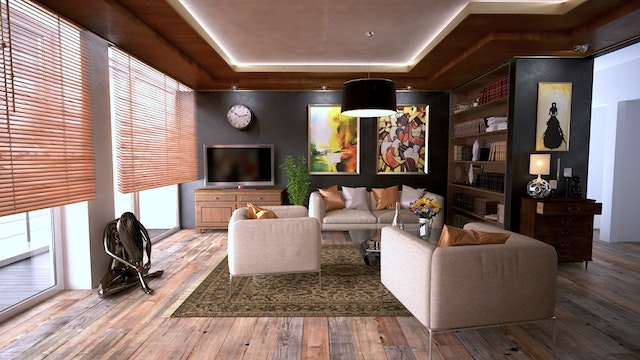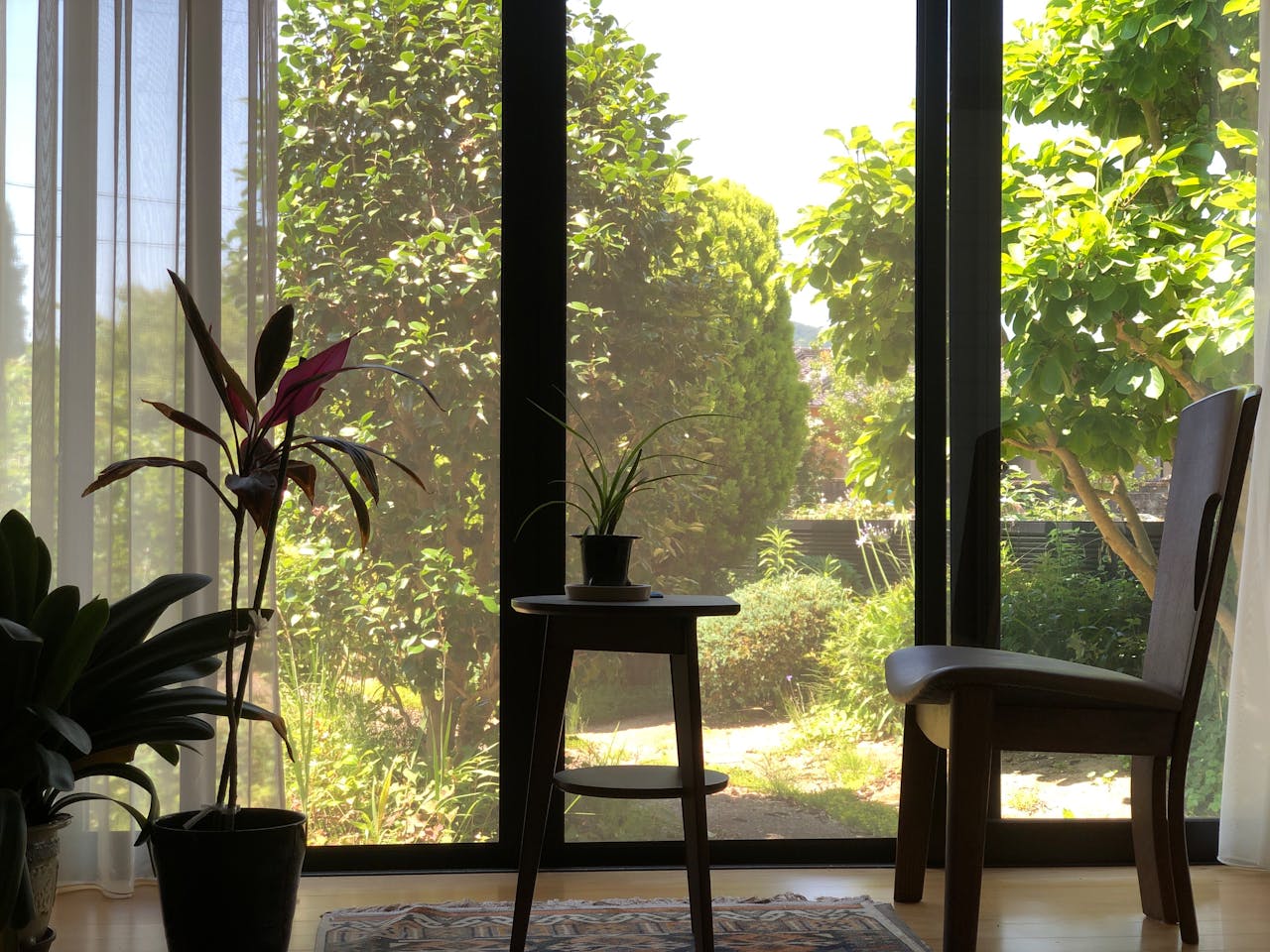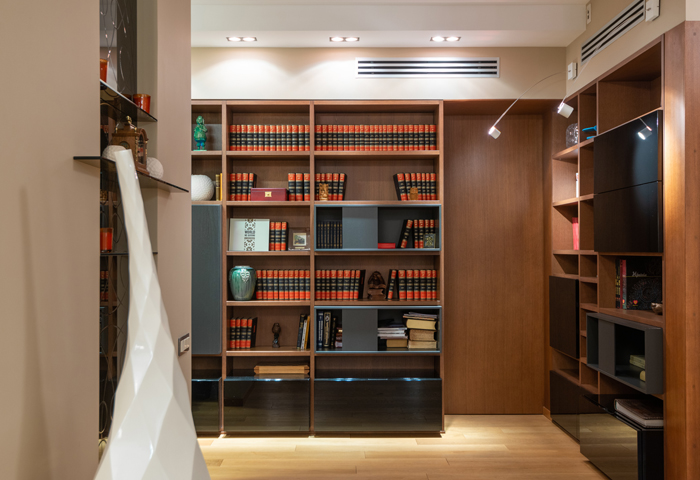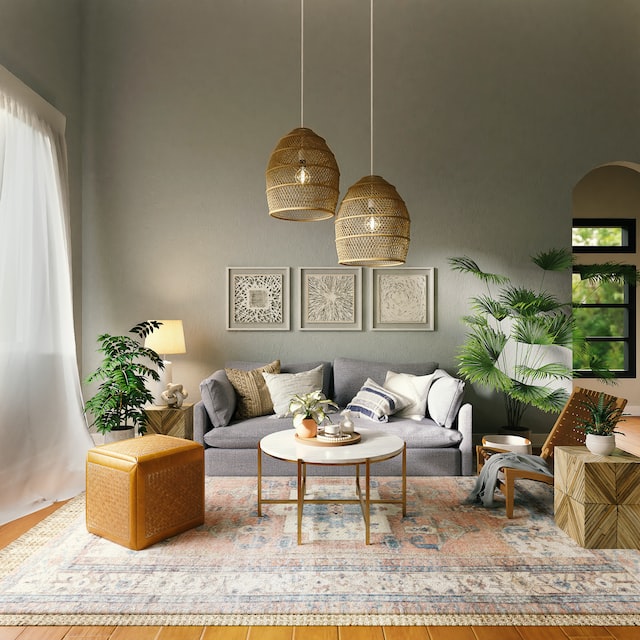What is the Difference Between Shutters and Blinds?
The main difference between shutters and blinds is how they are installed or built into the window as a window covering. Typically, most shutters are built into the window frame itself, while window blinds are built above or inside the window recess.
Shutters are a timeless and unique piece of window treatment that are aesthetically pleasing and can also be suited as an elegant and modern design element for any interior decor.
Shutters are excellent in control of ventilation and light, great insulators, easy to clean, low maintenance, and extremely durable.
This type of window treatment can be made with a rail divider or designed to have a cut in the tilt bar, which will allow the shutters to be divided into 2 partitions – one partition is shut closed while the other partition of the blades can be left open to let in some air and light at the same time.
Shutters are not only ideal for all types of windows; they are also an excellent option for doors, as they can remain fixed and not move.
Generally, shutters are more expensive than conventional window blinds and usually take up more space than blinds.
Shutters are not the easiest window treatment to install, especially when window latches and door handles get in the way of installation.
Unlike blinds which have a wide variety of styles to pick from, shutters are less diverse in their range, meaning there are not many options to select from.
Also, shutters can be significantly heavier than other window treatments, which makes them unsuitable for certain window styles and may require more time to install as well as manufacture.
In contrast, blinds are more versatile since they are available in many different materials and colours, and have more options in their design because they can be made in form slats, pleated, horizontal, or vertical designs. For example, you can choose a dinosaur roller blind for your child’s room.
Another upside of choosing blinds is that they can be complemented with other window treatments to match any décor and achieve the intended objective of a window covering.
Blinds can come with motors for enhanced convenience in lowering and raising. Blinds are easy to keep clean and maintain, as well as easy to remove and install.
Blinds offer more options to keep light out and are generally better insulators for your home. Although the cost of blinds tends to vary depending on the materials and styles used, usually blinds are more cost-effective than shutters.
However, blinds are less durable than shutters because their fabrics are more likely to suffer from damage due to exposure to moisture and harmful UV rays.
Plantation Shutters vs. Regular Shutters
Shutters and blinds play a crucial role in the overall appearance of your home’s windows, and the following advantages of both regular blinds and plantation shutters could assist you when making a decision on which option is best suited for your windows. Both options can work well in different scenarios.
Plantation Shutters
Plantation shutters provide a classic and traditional look for your home. This type of shutter is made of stable and solid louvers that come in different sizes which allow for easy control of airflow, privacy, and light in the room, making them quite popular in many modern homes.
Plantation shutters have wide louvers than standard shutters. Their widths range from 1 7/8 to 5 ½ inches, and their lower louvers come in elliptical or flat shapes.
Plantation shutters with wider louvers are suitable for large windows because they are able to let in as much light as possible as well as offer an amazing view of the outdoors; usually, the most common louver width for this kind of shutter is 3 ½, 3, and 2 ½ inches.



